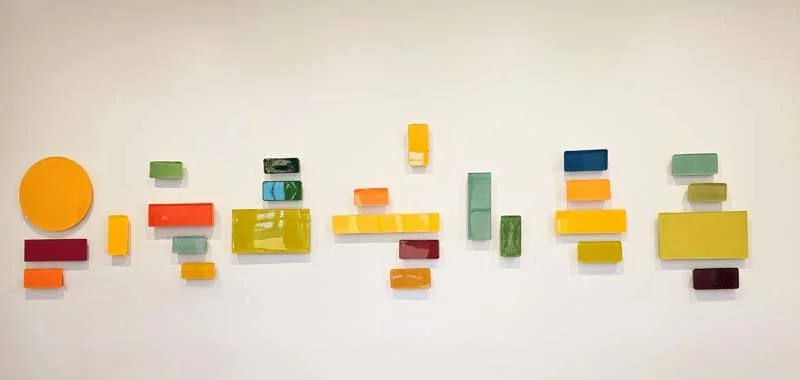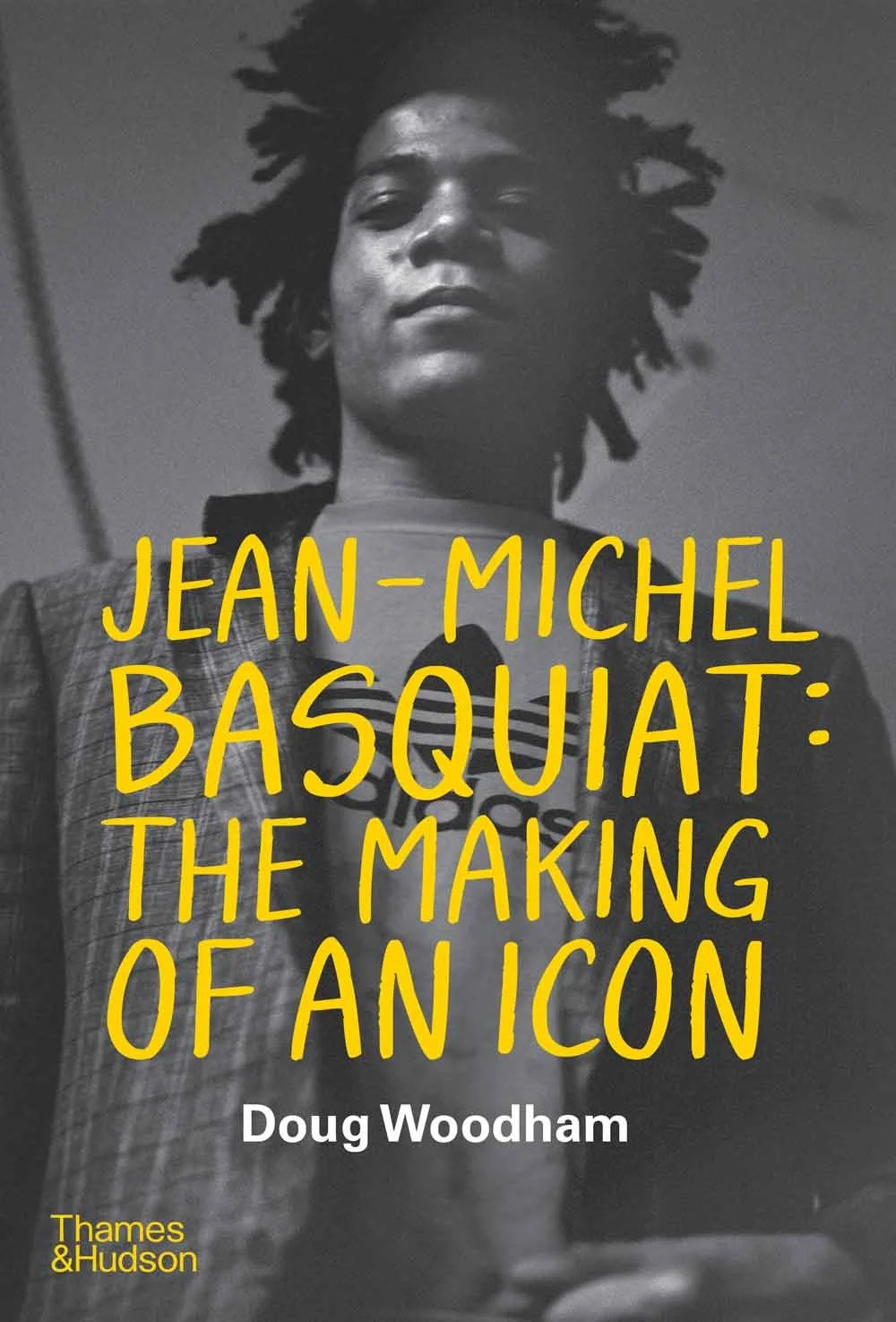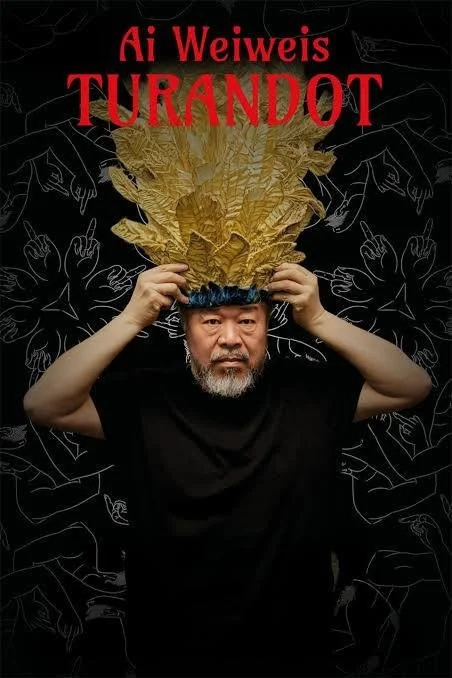Cullen Washington, Jr. is an American abstract painter and Louisiana native. He is the inaugural recipient of the Helen Frankenthaler Foundation and ISCP Residency, a Joan Mitchell grantee and participant of the Joan Mitchell residency New Orleans, LA. Washington has exhibited at: The University of Michigan Museum of Art; the Saatchi Gallery, London and The Studio Museum in Harlem. Washington’s works have been sited and reviewed in NKA Journal of Contemporary African Art, Art: 21 Magazine and The New York Times. Cullen’s work is in the collections of The Met, the Studio Museum in Harlem and the Joyner / Giuffrida Collection. @cullenwashingtonjr
How did Louisiana influence your art and your thinking about the world? I was born in Alexandria, Louisiana, which is Central Louisiana, otherwise known as CENLA. It’s the home of gumbo and the New Orleans Saints, and seafood and hospitality and Creoles which is what I am. The word Creole is French for a mixture. It means to mix. In my case, I am a mixture of French ancestry, Native American and African ancestry by way of Haiti into Louisiana. I'm a product of cultures within an American experience. In a way, I am abstract, an expanded view of Blackness and humanity. This viewpoint enriches my thinking about art and the world.
How did you come to recognize art as your chosen path?
The setting is Alexandria, Louisiana in he early 70’s. My dad was a theologian, minister and a chaplain, and my mom, an educator and two older sisters. My home environment was scholastic. My dad had two libraries in the home, and he would transliterate Greek and Hebrew in the mornings to get a deeper understanding of the scriptures to prepare his sermons. At the age of 3, He would put me up in the highchair next to him and I would watch him write or what I thought was draw pictures but these were actually letter forms or glyphs that communicated both languages. I would mimic him, I would write/draw those things, and I just never stopped doing it. My mom, the educator, would facilitate my imagination, surrounding me with encyclopedias and books of anything that I was interested in, and also buy me art supplies. Both my sisters also supported my interests whether it was encouragement or comic books.
With that kind of guidance and structure and encouragement within the family, I was able to continue drawing and pursue anything else that interested me.
I think I've always been interested in space. It’s in my DNA, but the way I got to space is interesting. My grandfather, Rev. Joseph Robinson Jr., was born a slave. He got his citizenship when he was 14, right around the Emancipation Proclamation. Looking at the census reports, he miraculously became a landowner in Louisiana, which was a state that didn’t recover well after Reconstruction. They were still holding on to the old ways of slavery. But throughout all that, he managed to acquire land. In the early 20th century, the government took his land in order to build an ammunition plant. He ended up becoming a sharecropper, which is only slightly better than being a slave.
In an effort to prevent his wife from working while pregnant, he tells the landowner that he needs to build a house. But the land owner says No, you won’t, because you need to work all day for me. And so my grandfather builds the house at night by moonlight with his son.
By the way, my grandfather has a fifth-grade education and has never built a house. Strapped for resources, he uses the boxes from the ammunition plant, the very plant that took his land, to build a house. This house is still standing today. My Grandmother was pregnant with my Mom. My Mom was born in that house.
Fast forward to 1979. The local newspaper did an interview of me when I was seven years old, and they asked me if there was any place that I wanted to go, where would I go? I told them Jupiter. LOL! So here you have my grandfather building a house by moonlight, by celestial means and force and then his grandson says he wants to go to Jupiter. The celestial is in my DNA. Within two generations, I get to imagine space travel and be unlimited.
Art was always a way for me to imagine, experience the environment and have a cerebral experience with something that I wanted. For example, my Mom used to take me to the toy store maybe once every two weeks. One day, there was this toy called the Shogun Warrior, and it was up high atop a shelf. I said, ”Mom, I want that!” There was an art contest. Whoever could draw this Shogun Warrior the best could win it. There's a desk sitting right there and she says, "Well, sit down and draw it." She gives me a sheet of paper and a pencil, and I draw the Shogun Warrior and I won it!
What did that do to my mind as a child? I realize I can create experiences with my mind and talent. I realize that the thing that I imagine and want, I can have through drawing.
I had my first solo exhibition when I was nine in my elementary school library sponsored and curated by my Mom and the school librarian. The works consisted of my interests such as animals, cars and super heroes. It was reviewed by the city's newspaper, “The Alexandria Town Talk”. I was featured right underneath Ronald Reagan, the U.S. president at the time. The caption read, “9 Year Old Whiz at Drawing”. As a child, it was affirmed that drawing has value, that with creativity I can have a cerebral experience with the thing I want. I was recognized and rewarded for this talent that came so naturally to me. This is why art is so important. It allows children to imagine and invent and create their worlds!
What does your typical day in the studio look like? Walk us through your studio and your most used materials and tools. A day at the studio is waking up at 5:00 AM to center myself, to meditate, to do research and hopefully to exercise. I get to the studio by 10 AM. without breakfast. I go directly into making. I would have visualized what I'm working on for at least two to three weeks prior. I know what to do right when I enter. The studio is a place of executing ideas. The studio is not a place to eat, it's not a place to ponder, it's not a place of research. It is a place of activity, total activity, play and creation.
I take the same path to the studio every day. By the time I get to the front door, anything that is not art-related has mentally dissipated. I put on the same painting clothes, which is a pair of pants covered in years of paint that could probably stand up by themselves, and my mask to protect my lungs, I play Jimi Hendrix on my iPhone and I go to work for as long as needed. As long as needed means it could be 30 minutes or three hours. It's as long as it takes to do the activity that's meant to take place. I usually make work in layers, so each layer has to have a chemical bond with the substrate, which is refined wood pulp paper. It has to dry completely. I usually only do one layer a day per piece, and that layer takes as long as it needs to take. It cannot be rushed.
If it's dry enough, depending on the season, the temperature and humidity, I'll return to the studio the same day to make another layer. If not, I’ll come back the next day. It is important to work in successive days to stay in the zone and train of thought. When I return home, my mind is still engaged in the creative process, so I usually research how other artists think and create or study the art market for another maybe two to three hours. Then I'll eat, and that's it.
My materials are philosophy-driven. The ethos or the belief systems that drive my practice also dictate what materials I use. I have a strong belief in humanity and its connection to nature and the divine. To describe this interconnectivity, I coined the term “TerraChroma”, terra meaning earth or dry earth and chroma meaning light or color.
I believe at our essential state, humanity is light and matter. My goal is to use those materials in the best way possible in their most essential state in order to communicate this idea. It's important that it be in its most essential state because I believe that at the atomic level, at the base level, infinite creativity is most accessible. In other words, the more primal the material, the more subjective it can be. It is why I title my works, “Primers”, which means the underlying beginning.
In science, this is called chaos. It’s this infinite ability to have disorder, which is really the rearrangement of the same materials over and over again to get different results. It’s the moving away from a singularity to a plurality. I start with the most basic forms of materials, the element. One of the primary materials I use is silver graphite, which is the purest form of carbon. I’m using this because humans are carbon-based beings, and carbon is the fourth most abundant element in the universe. To use carbon is really integral to communicating humanity and the intertwine with nature. I use dry earth pigments and some synthetic pigments for their chroma properties. I try to use other elements that are present in the human body like iron oxide, because we have iron in our blood. These elements present in the human body were all born in stars, here again the connection of humanity to nature. I also use atomized acrylic, which is really sprayed acrylic. It’s a way to particulate light or color.
I don't use any paintbrushes, again because my belief is that I'm making work that has to do with the essential nature of humanity and nature. There are no paintbrushes. I use the forces of nature to create the painting, which is forced air, gravity, and friction.
What projects are you at work on at the moment? And what themes or ideas are currently driving your work? My current work continues to carry out the belief in the connection between humanity, nature and the divine. It also takes a look at the political nature of landscape and the experience of nature.
I do not illustrate landscape, but rather I'm utilizing the primary properties that cause it to be, which is why I call the paintings Primers, which means the underlying beginning. I abstract landscape. I want people to experience the feeling of a sunset as opposed to looking at a picture of a sunset. I want them to have a cerebral and emotive experience.
By nature of being in this country, all things become political. That means that their is dominance over access to these experiences of nature and prevention of access for certain groups. There are codes embedded in Western depictions of landscape that are indicators of class, power, colonialism and manifest destiny. All those things are embedded in Western historical traditions of landscape.
I disrupt the social conventions of landscape painting. I omit the representation and the narratives. I democratize nature in order to have a more equitable experience for those who are seeing the work.
What emotional response are you seeking to elicit through your paintings? I want people to feel lighter by seeing the work. I want them to feel at ease, let down their guard and put aside the pressures of the categories that they may be forced to fit. I want to express the feeling of divinity in the most ineffable way using light and matter as my material.
Which artists, past or present, would you like to meet? And why? John Singer Sargent. I’ve already met most of my deities, Mark Bradford, Jack Whitten, Ed Clark, Julie Mehretu, all behemoths in abstract painting. It’s funny that I would choose to meet a figurative painter!
Do you draw inspiration from music, art, or other disciplines? I draw inspiration from nature. I love sunsets, sunrises, the twilight hour and the night. I can't see enough of it. I also enjoy seeing animals in their environment.
A great thing about living in New York City is… Access. New York is the city of things. At any moment, space or time, you can get anything or an experience what you want. Diversity. New Yorkers are very accepting and tolerant of each other. We are the experiment that worked. It’s also one of the capital centers for the art world. It’s the now and the encyclopedic of the of art world.
What’s the most emotionally intense work you’ve made? I took on the task of making 10 paintings simultaneously. To embrace repetition, consistency and diversity at the same time equally. I had to go deep and seek the latitude. So how deep, how vertically deep could I go within making the same painting 10 times simultaneously?
One of my fears was that each work would look identical, but what I found was just the opposite. There was an infinite possibility of arrangements even though the process, composition and materials were all the same. This goes back to the chaos theory I mentioned earlier. I broke allot of mental barriers through that exercise.
Tell us about important teachers/mentors/collaborators in your life.
I have to start with my family. My dad and my mom are huge influences on me. My dad put the pencil in my hand. He has passed but continues to be a lighthouse for my path. He is my eternal friend. My Mom at 90 still asks me about what I'm doing in the studio. She gets it! She understands and discerns and gives me guidance on what to do, sometimes better than anyone else. My sisters supported every whim of my imagination. I can’t thank them enough.
I’ve also been very fortunate to have had a mentor for many years, Susan Denker, former art history teacher at the School of the Museum of Fine Arts Boston and Tufts University. Susan was more than a mentor. Her nickname was my “Fairy Godmother”. Susan taught me more about painting than any painter. She guided almost every decision I made early in my career. The artworld is a complex clandestine system of roads that no one tells you how to navigate. Susan was my guide and my friend. She has passed but still is an ever present guide. In addition, my friend and a MacArthur Genius awardee, Magdalena Campos Pons has had a tremendous influence on me by nature of being her authentic self and forging her own path in the artworld that was atypical; coming from Cuba to Canada to Boston, bypassing NYC and is now based in Nashville. I’ve never seen work more intelligent and complex than hers. I have to say that those are my biggest influences.
How does nature inform your creative process? Yes, nature very much does. It allows me to be silent and experience wonder. Being in nature allows me to touch it in a way that is more than the physical. I think that's what I'm trying to convey in the work, is that experience. Nature takes place in the outer world but it also takes place in the inner world, so you have that inner-outer communication.
Being in nature allows me to realize my oneness, both my significance and insignificance. It helps me to close the gap between what's out of reach and what’s within reach in an abstract way. I can’t touch the blue of the sky but I still experience it.
AI is changing everything - the way we see the world, creativity, art, our ideas of beauty and the way we communicate with each other and our imaginations. What are your reflections about AI and technology? What is the importance of human art and handmade creative works over industrialized creative practices? To create is to be human. To make art is to be human. There’s no substitute for humanity. AI is here to assist. I believe all technology is here to assist us in evolution. It's here to help us problem-solve and make us better at taking care of ourselves, the earth and one another.
Exploring ideas, art and the creative process connects me to…
The unseen.




















































































